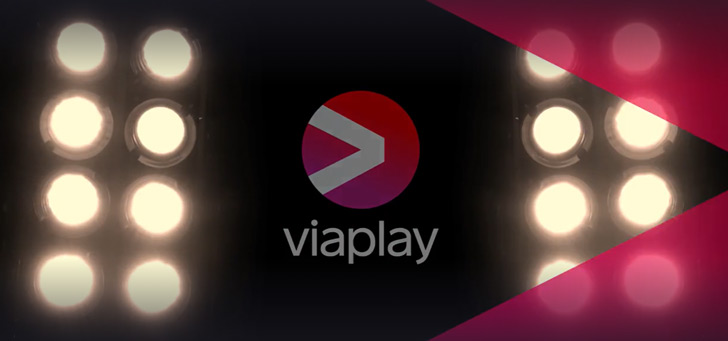iPhone without lightning port: what’s next?
The end of the iPhone with lightning port is almost here. What’s waiting for the iPhone in terms of charging?
This year (in September) it will be 10 years since the first iPhone with lightning port came on the market. That was the iPhone 5. Apple wanted the lightning port, the port that has been enriching every bottom of an iPhone ever since, to become a modern connector. That worked in itself, but now several disadvantages are starting to emerge.
Contents
iPhone with lightning port
Because of course you want a USB-C port. Then connect the charger of an iPhone to that of, for example, Android devices and that is currently the standard. Then fast charging would work better, more cables would fit and you name it. Lightning only works with specific cables that are only suitable for iPhones. You really just want something different, don’t you?
Lightning port at its end
It will soon be time for something new. Not in the least because it has recently been required by Europe. Also because Apple also thinks it was enough for the old lightning port on the iPhone. How should it proceed?
Solution 1: USB-C
The first solution sounds like the most logical: a USB-C port. As mentioned, all charging cables in 2022 will actually fit on your iPhone. So easy. Apple already did this with their newer iPads, so it’s not necessarily about wanting to milk the lightning port. Still, according to analyst Ming-Chi Kuo, Apple does not want the USB-C on the iPhone, because this would make water protection more difficult.
Solution 2: successor
Another solution is a ‘new’ lightning port for the iPhone. A unique gate, but completely redeveloped. Quite a good idea from an economic point of view, because then you have to replace all your collected lightning port cables with new cables, which in turn saves Apple money. For the consumer of course disadvantageous and probably not worth the effort.
Solution 3: MagSafe
Because option three is where everyone sees it going: Apple actually does not want a port at the bottom of the iPhone. They want to bet more on the MagSafe capabilities that we’ve known since the iPhone 12. Now MagSafe can work alongside the lightning port on your iPhone, but if some teething problems are removed it could become the option. The disadvantage of this is that this is not in accordance with the requirement of the new EU law, where every consumer device must have a ‘standard’ connection: that is USB-C. (via MacRumors)



